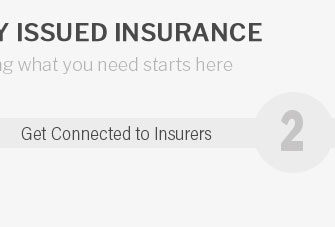 |
 |
 |
|---|
 |
 |
 |
 |
|---|
 |
 |
 |
 |
 |
 |
|---|

Understanding SR22 Car Insurance: A Comprehensive GuideWhen delving into the intricate world of automobile insurance, one might encounter a term that piques curiosity and occasionally raises eyebrows: SR22 car insurance. Though often shrouded in mystery and sometimes misinterpreted, SR22 is not an insurance type per se but rather a certificate mandated by state law for certain drivers. This article aims to unravel the complexities of SR22 car insurance, elucidating its purpose, the circumstances under which it becomes necessary, and its implications for drivers. First and foremost, it's crucial to understand that the SR22 is a form that an insurance company files with the state to verify that a driver maintains the minimum required insurance coverage. Typically, an SR22 is required for drivers who have had their licenses suspended or revoked due to serious infractions such as DUIs, reckless driving, or accumulating too many traffic violation points. Thus, the SR22 serves as a guarantee to the state that the driver is financially responsible and can cover potential damages in the event of an accident. While the necessity for an SR22 might initially seem like a bureaucratic hurdle, it actually plays a vital role in ensuring public safety. By enforcing this requirement, states aim to keep high-risk drivers accountable while allowing them the opportunity to regain their driving privileges. Nevertheless, acquiring an SR22 is often perceived as a double-edged sword; although it reinstates driving rights, it often leads to increased insurance premiums, reflecting the higher risk associated with the driver.
In summary, while the notion of needing an SR22 might initially evoke feelings of apprehension, understanding its purpose and the process involved can alleviate some of the associated anxiety. It serves as a reminder of the responsibilities that come with driving and underscores the importance of adhering to traffic laws. For those navigating this requirement, approaching it as an opportunity to demonstrate accountability and a commitment to safe driving can transform a seemingly daunting obligation into a pathway toward reestablishing trust with both the state and insurance providers. In conclusion, the SR22 certificate, though often misunderstood, is a crucial component of the auto insurance landscape for those who find themselves in need of it. By offering a structured means to regain driving privileges, it balances the scales between ensuring road safety and providing individuals with a chance to rectify past mistakes. As with many aspects of life, knowledge is power, and by understanding the intricacies of SR22 car insurance, drivers can better navigate the road ahead. https://www.dairylandinsurance.com/auto/sr22
An SR22 is a form you file with your stateoften after a DUIproving you meet car insurance requirements. Get a free quote for SR22 auto insurance. https://www.allstate.com/resources/car-insurance/what-is-sr22-insurance
An SR-22 is a form that is filed with your state to show that you are meeting your state's minimum auto liability insurance requirements. https://www.statefarm.com/simple-insights/auto-and-vehicles/suspended-drivers-license-you-may-need-an-sr22
The COFR is sometimes known as SR-22 insurance, but it is important to clarify that it is not a type of auto insurance. It is a document that an insurance ...
|
|---|